Young Scientists STEM Their Knowledge
Elementary Schoolers Experiment With the Scientific Process
May 18, 2022
In early April, the elementary school students held their annual STEM fair. The acronym stands for science, technology, engineering, and mathematics; it is a long-term project that requires such specific skills to create a solution. Students and teachers in 3rd, 4th, and 5th grade participated in this enlightening event and shared their completed projects while observing each others’ works.
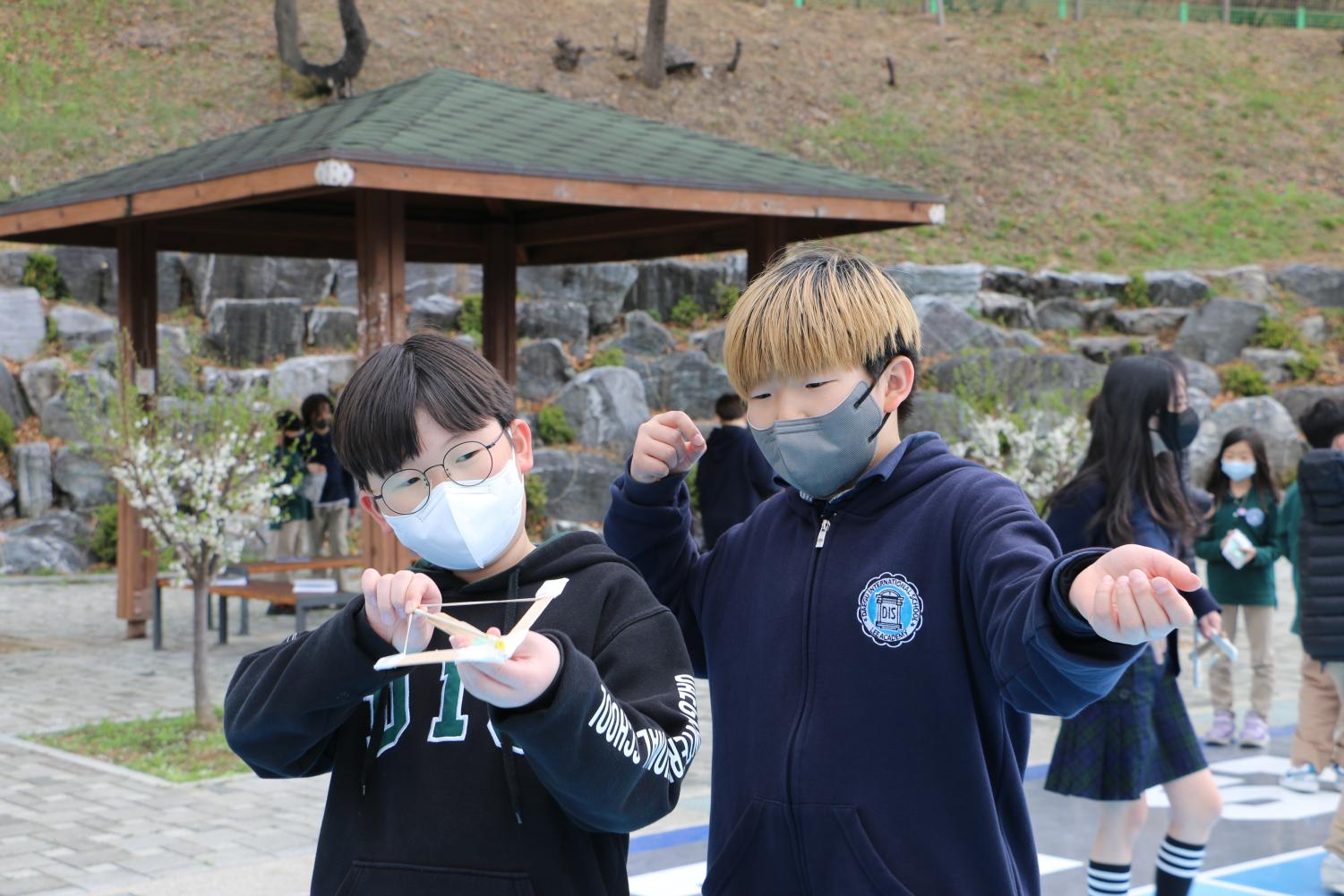
The youngest of the three participating grades, the 3rd graders, were required to make a tower using either 1 meter of aluminum or 30 pieces of paper. Led by Mr. Bartolay, the students used the scientific method to make a tower that was both tall and stable. Ian in 3rd grade claimed that “[he] chose the pieces of paper since [he] thought it would be a better supply than aluminum.” The towers were built with success; many 3rd graders presented soaring towers as tall as their pride with the projects.

Grade 4 recreated Goldberg machines that rely on multiple chain reactions to activate. Olivia in 4th grade happily said, “The Goldberg machine I made successfully did all the chain reactions. The STEM fair provided me a chance to do the things I learned in class.” Mr. Rouse, the 4th grade teacher, instructed his 4th graders at the STEM fair. He claimed that students in his class worked hard and were active in creating the projects.
5th grade’s STEM fair was directed by Ms. Son and they focused on the tensional force. Kelly in 5th grade stated, “The STEM fair provided me a chance to research, investigate, and learn more about science and engineering as a whole.”
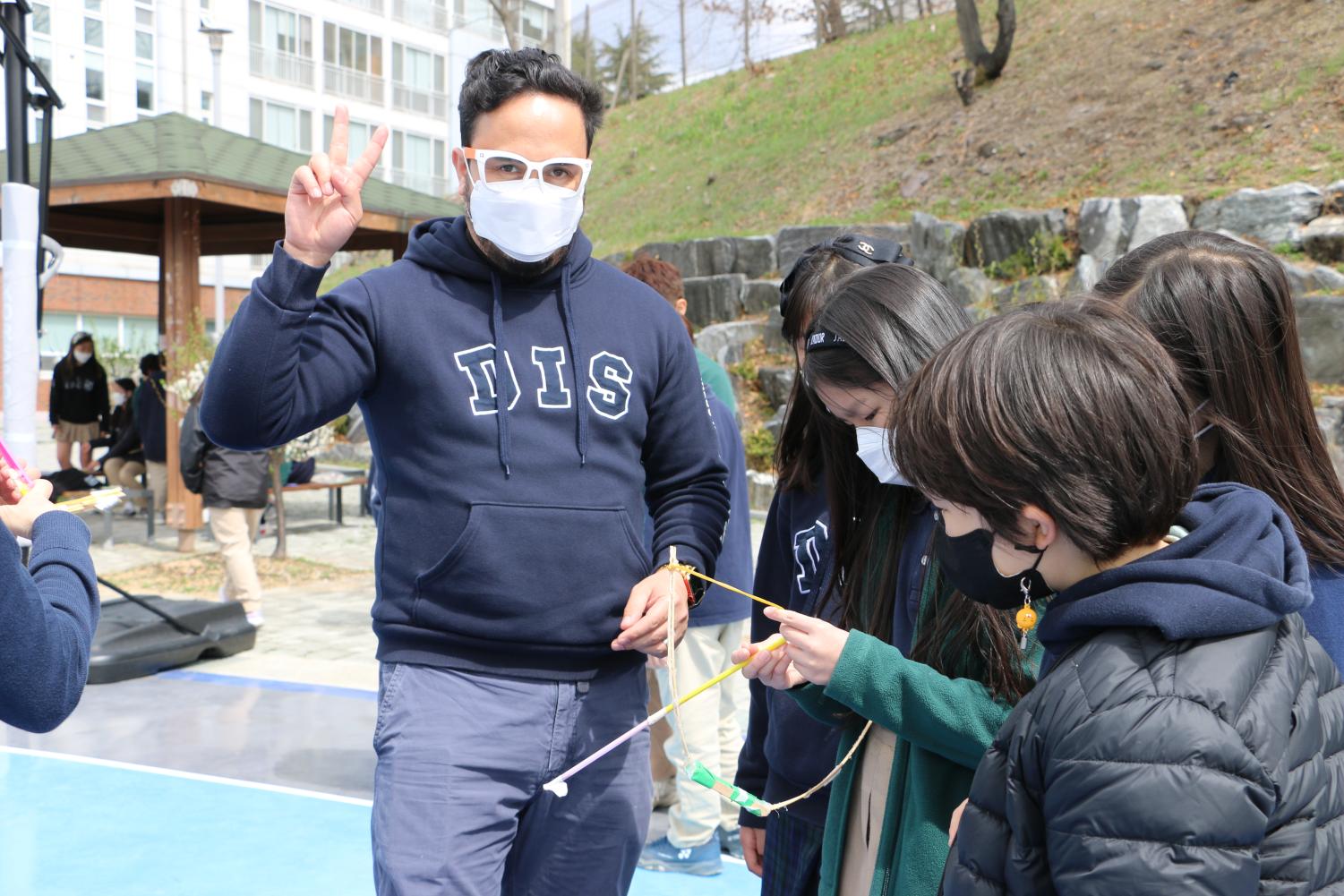
The process involved in completing a STEM project is the same in all elementary grades; first, identify the problem; second, conduct research; third, design the solution, then actually experiment; finally, reflect on the conclusions made. Jules in 5th grade talked about her journey to the finish line: “We were working on devices that operate using tensional force. I first had completely no idea of what to do. Then, I decided to make an arrow. The most important thing was how far it went. However, it was challenging, as I also had to consider other small details such as accuracy, size, shape, and resistance.”
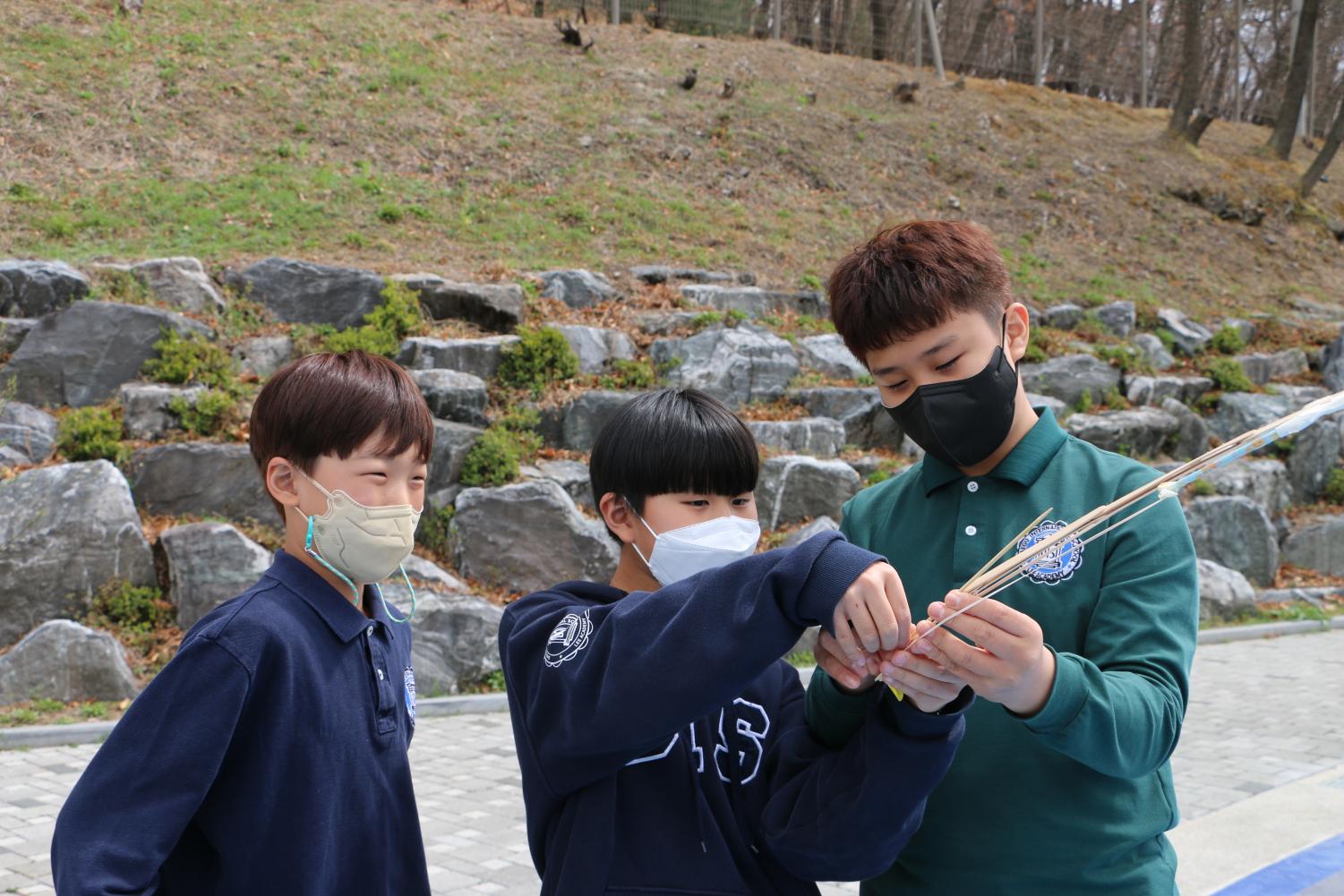
As students tested these projects with their class, they were also given opportunities to look at their classmates’ works. The 4th graders used a website to take a look at the finished products of their designs. The 3rd and 5th graders actually held offline STEM fairs and tested out their projects.
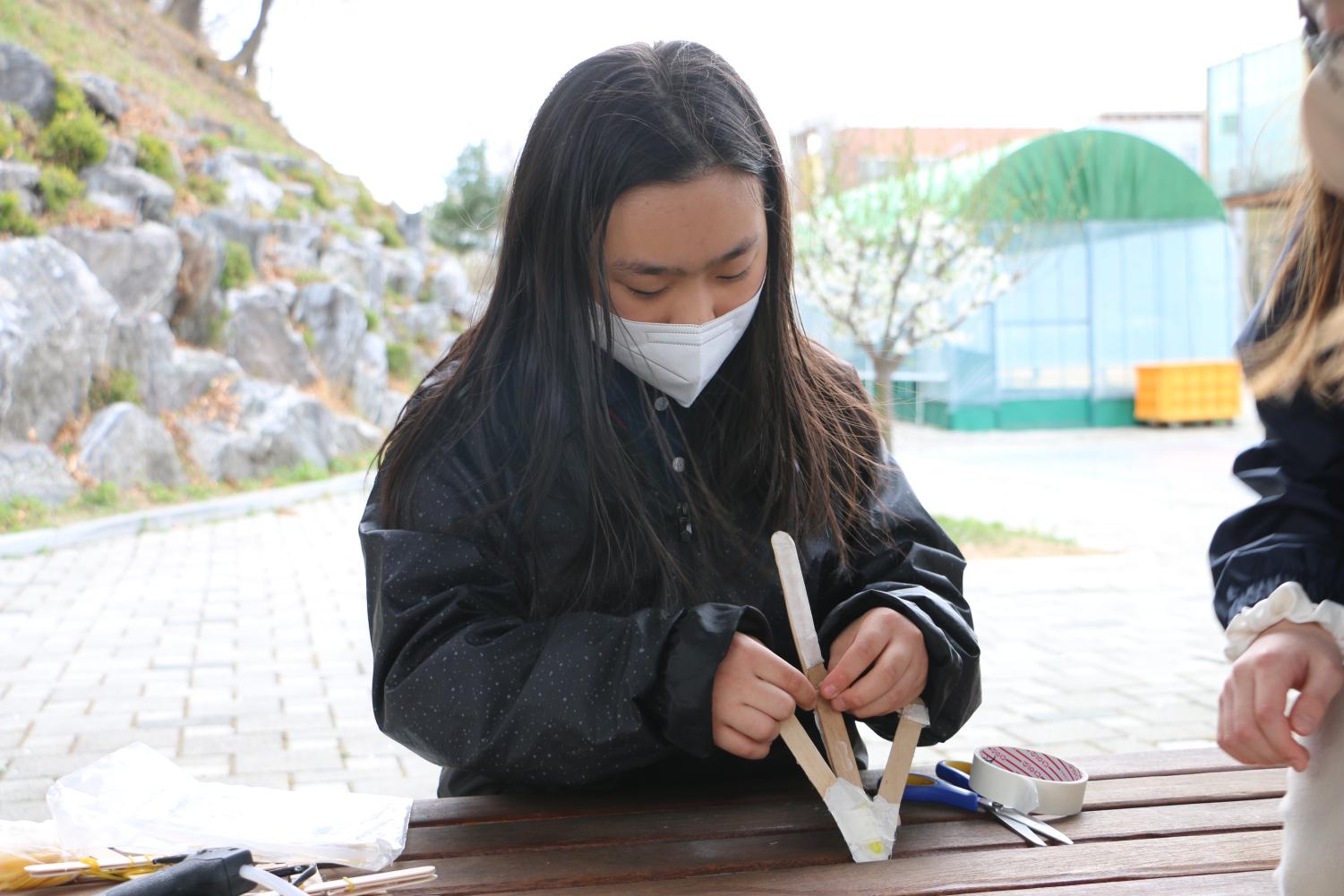
Despite COVID and the virtual transition, the STEM fair was clearly successful. Students and teachers were very enthusiastic in both the preparations and event. We hope to see more from these evolving scientists!



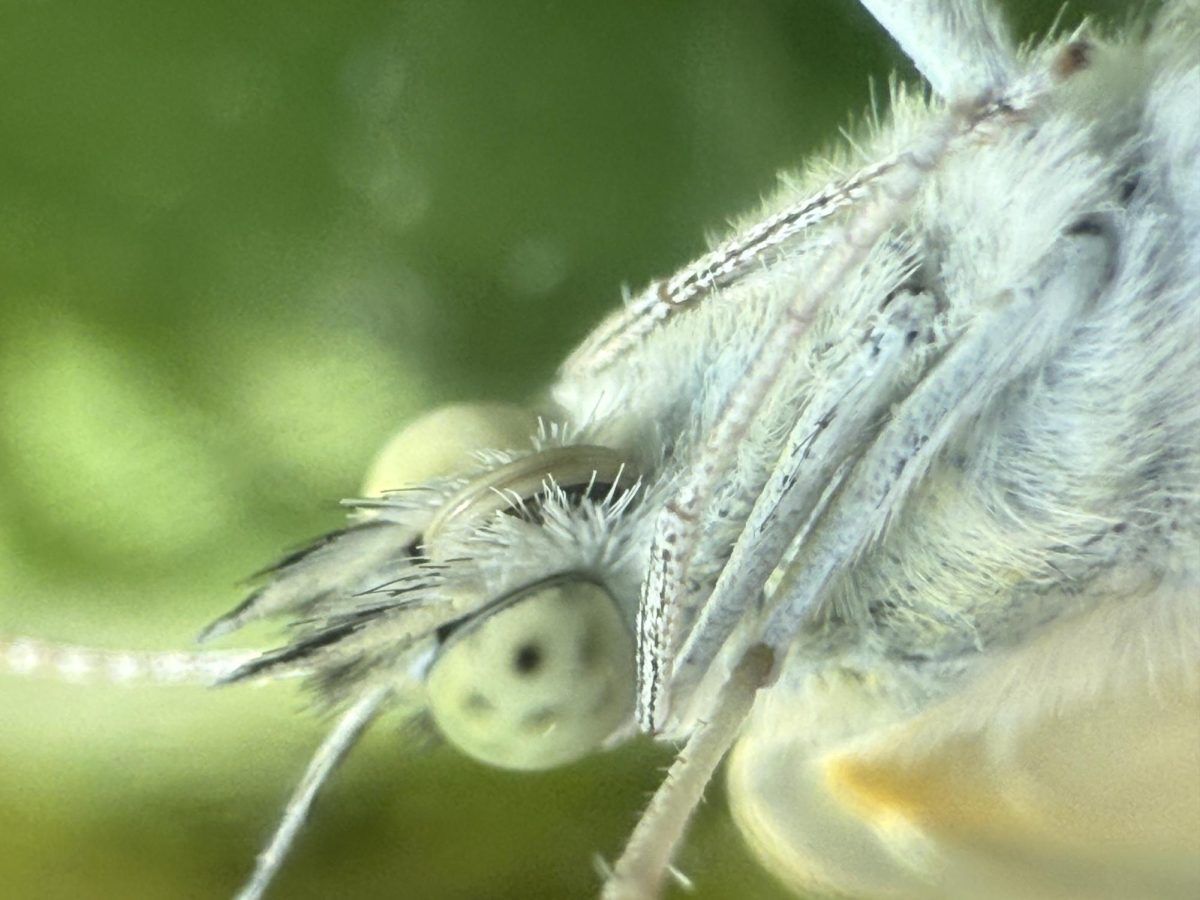
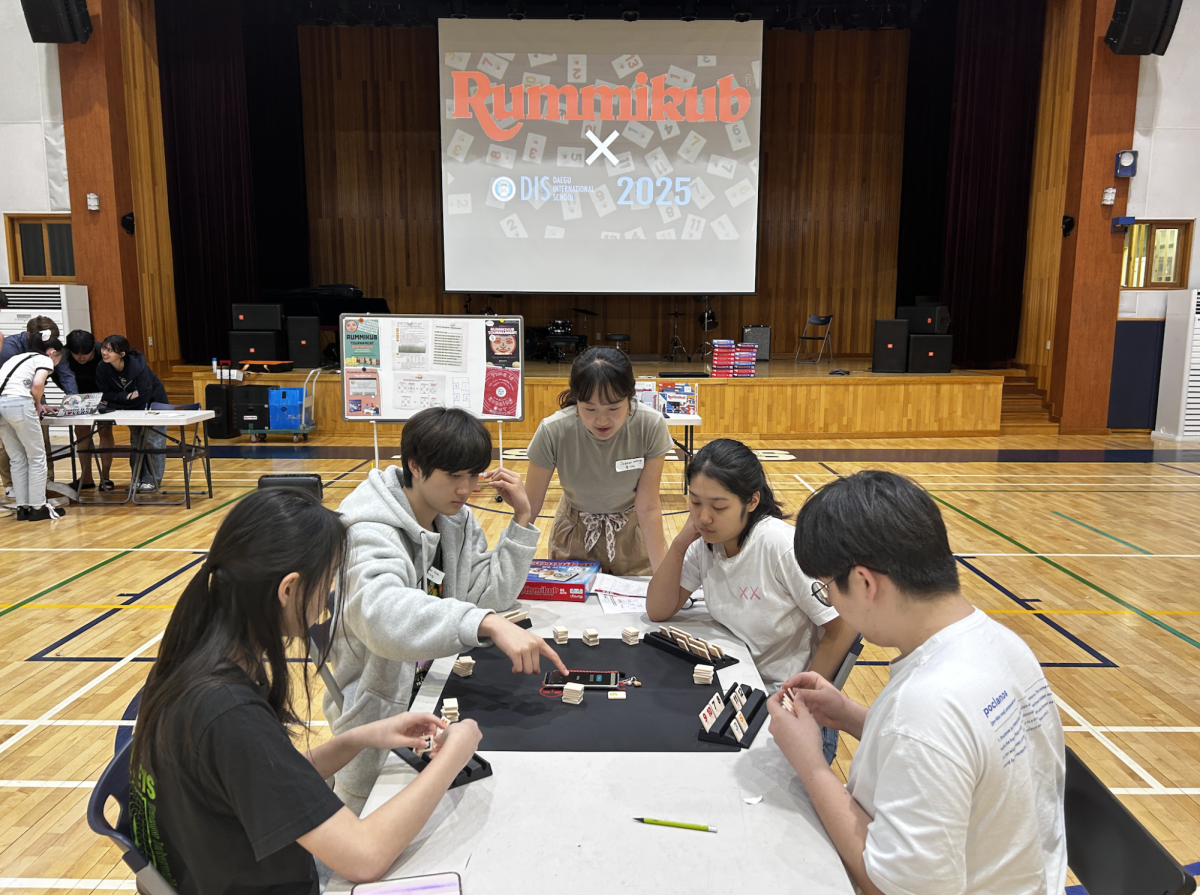
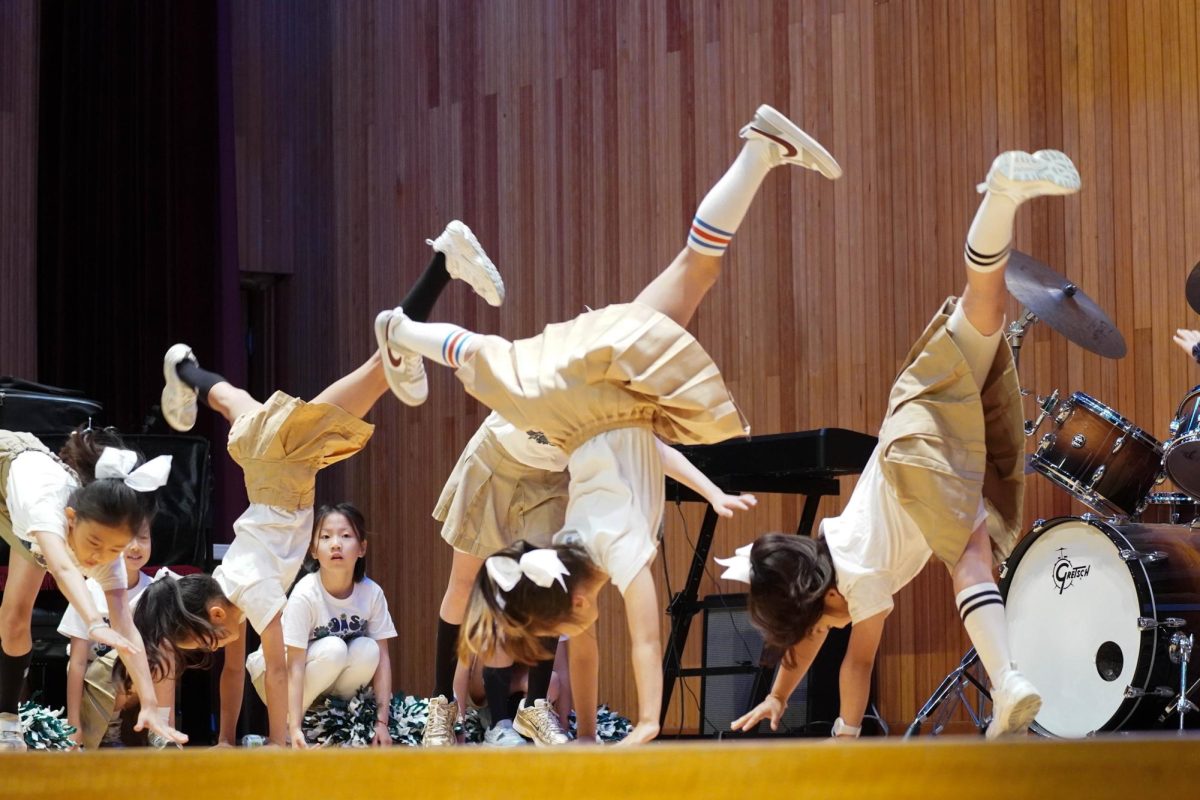
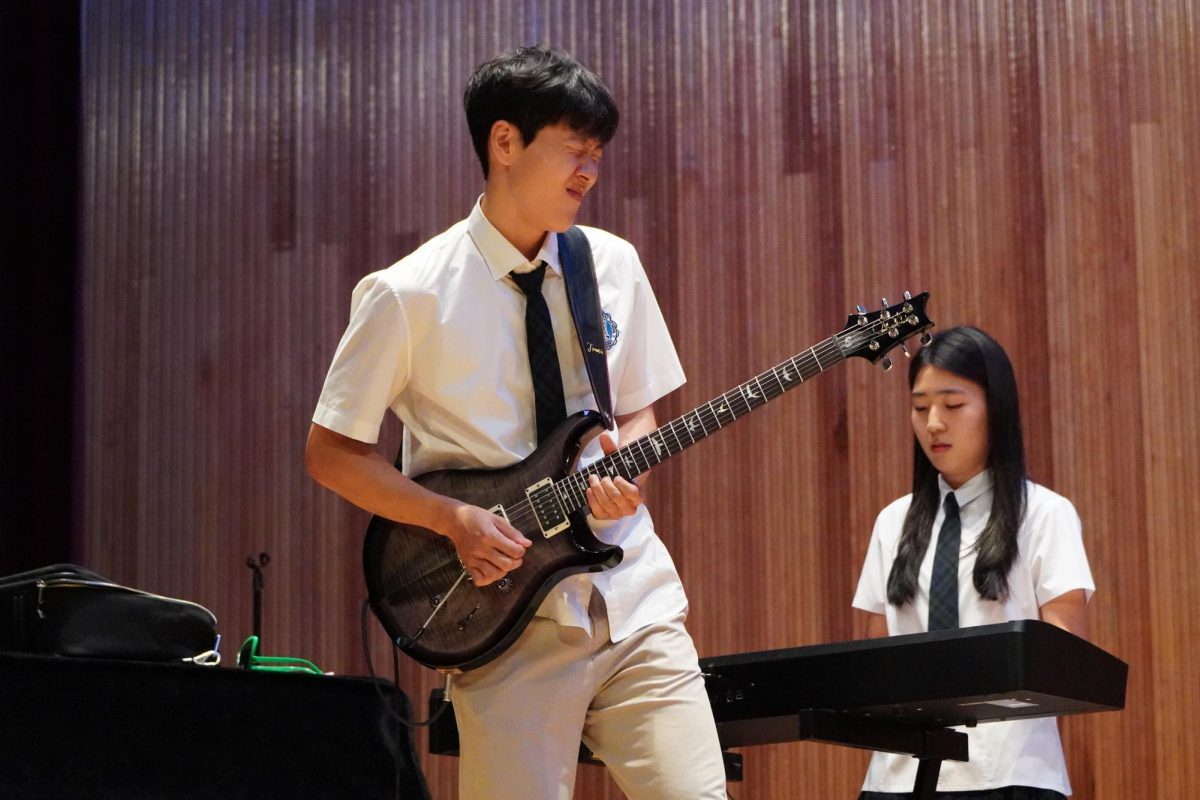


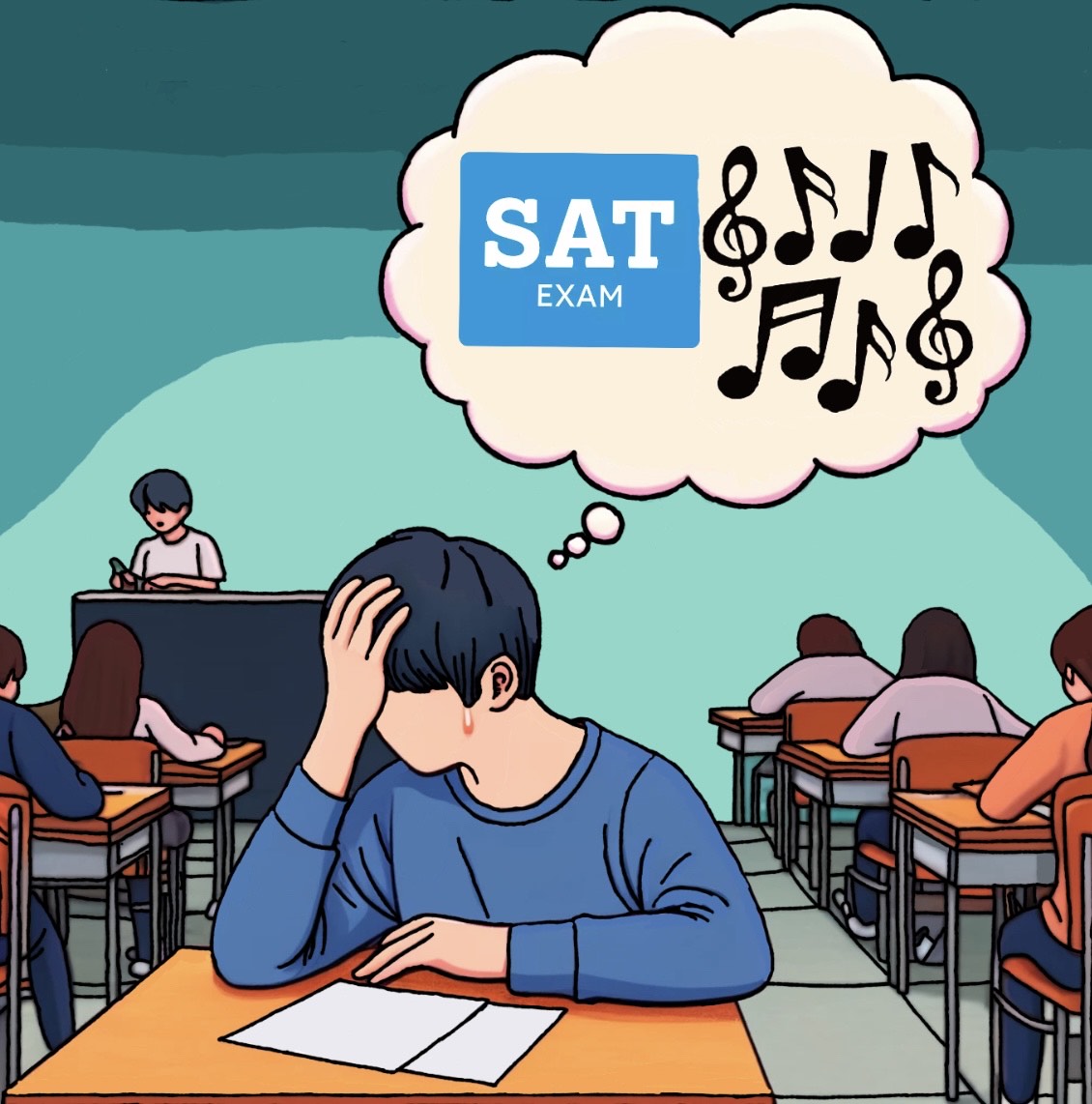
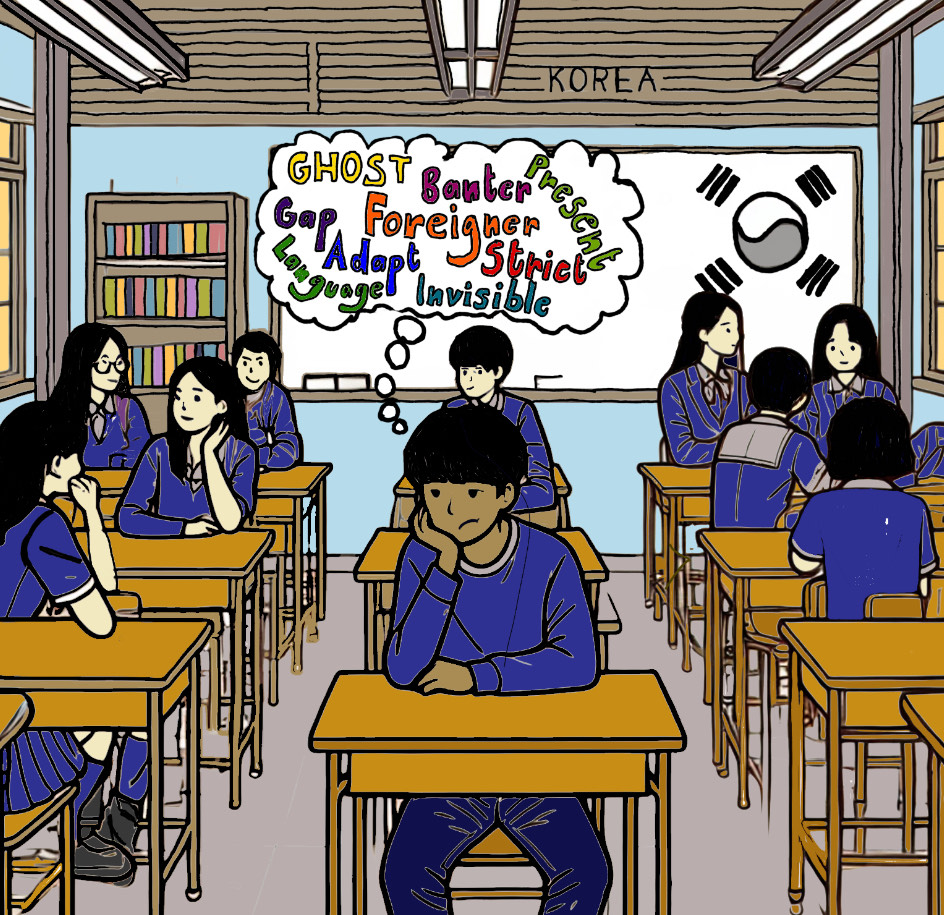


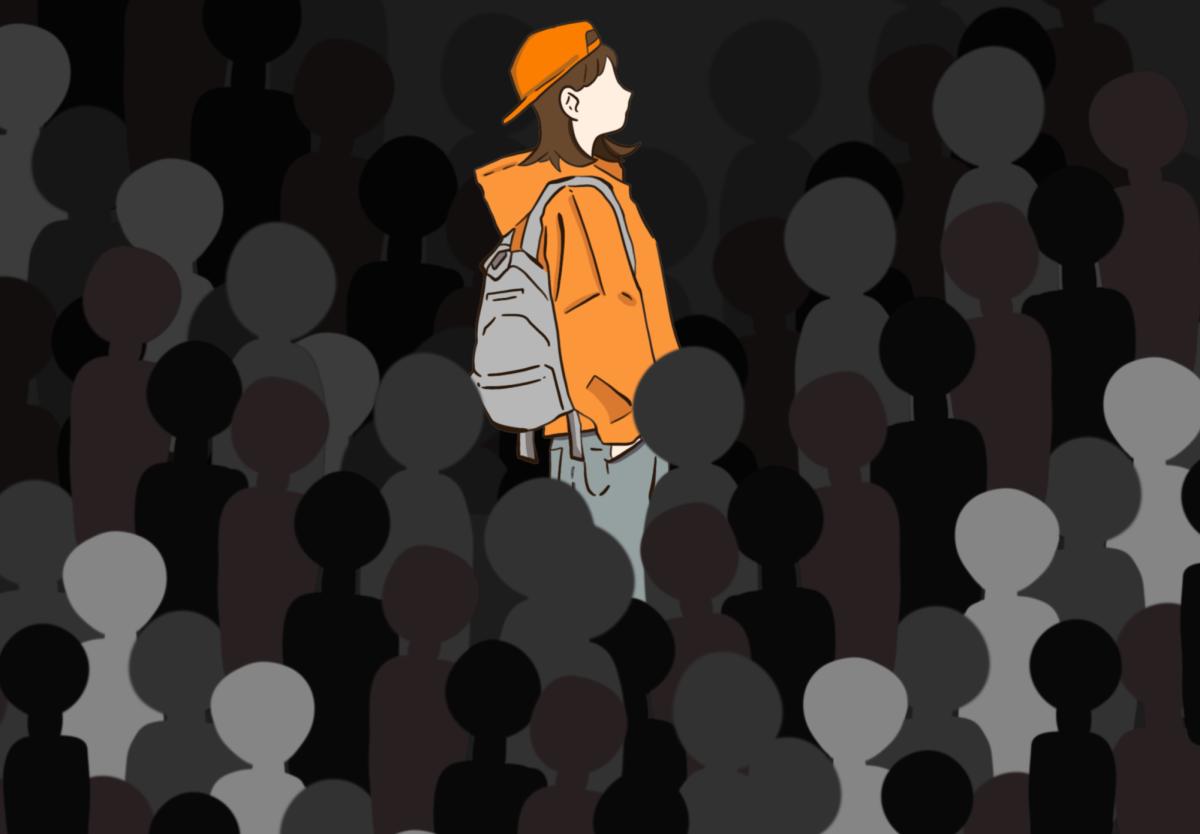







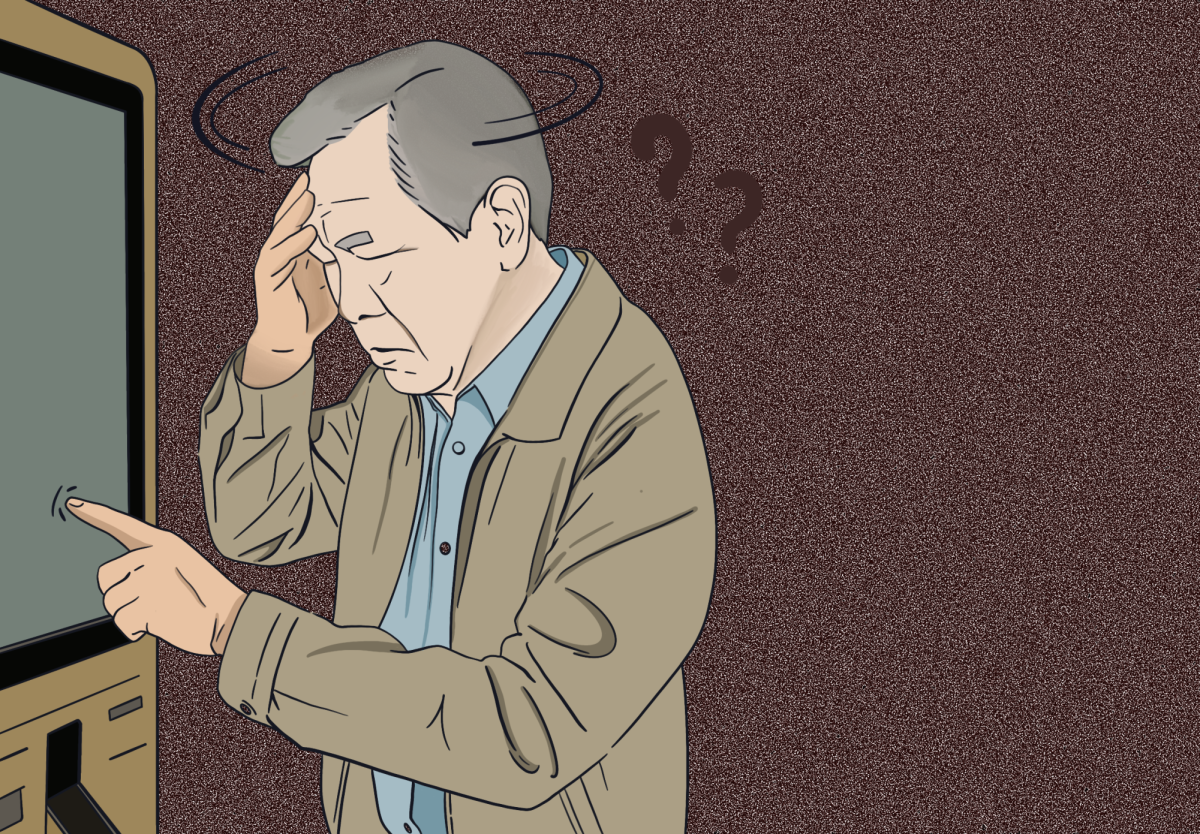





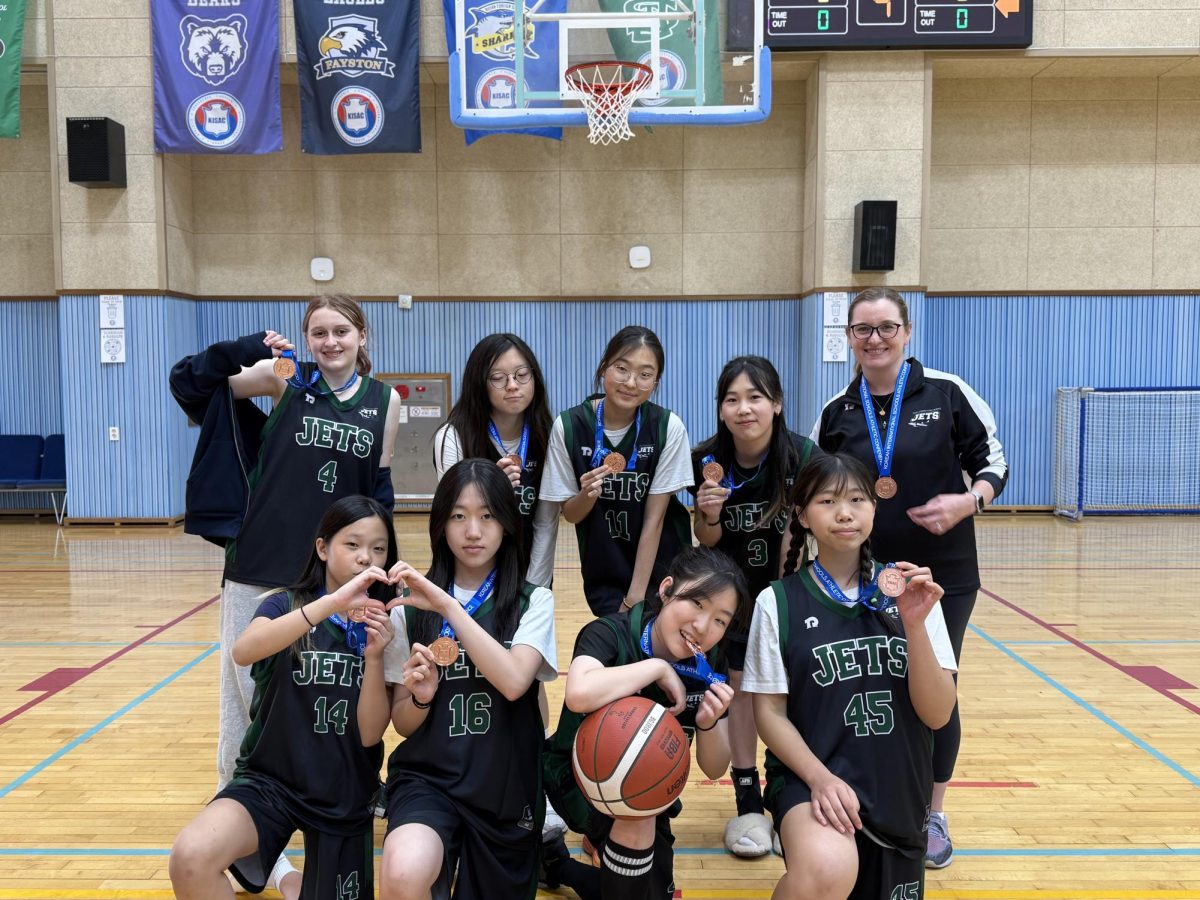
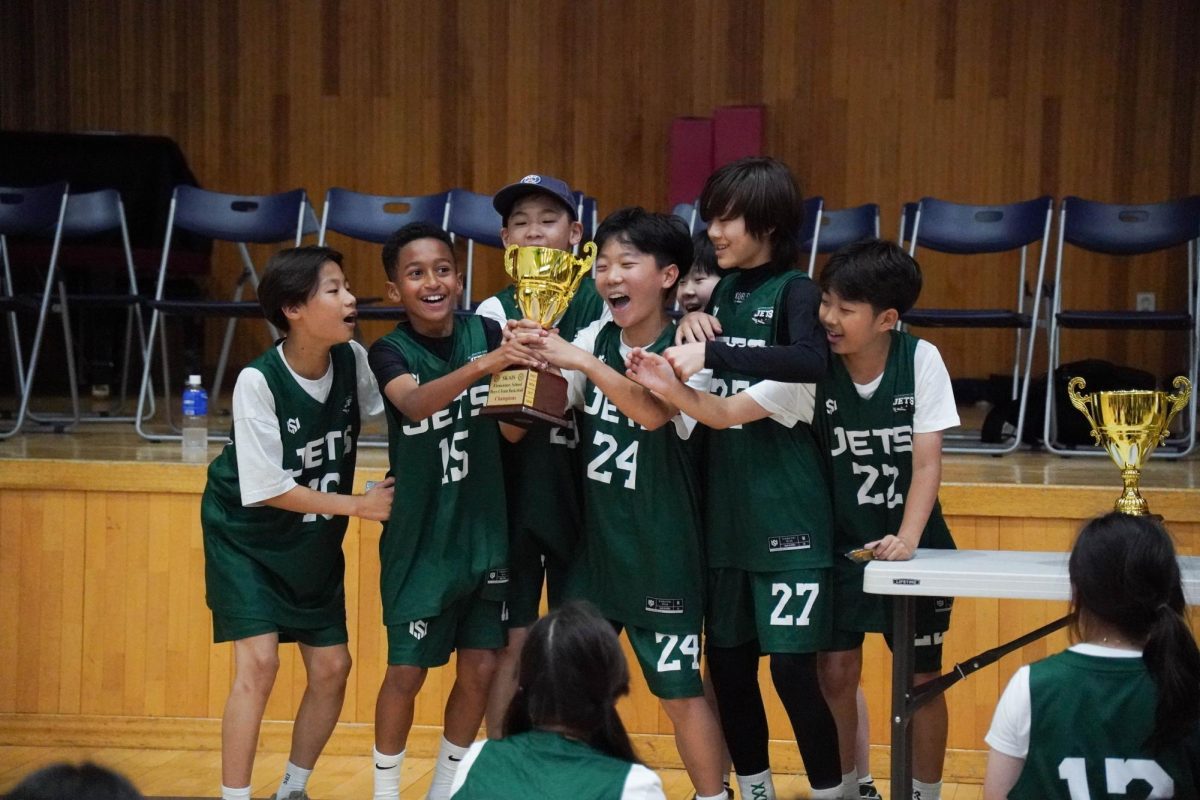

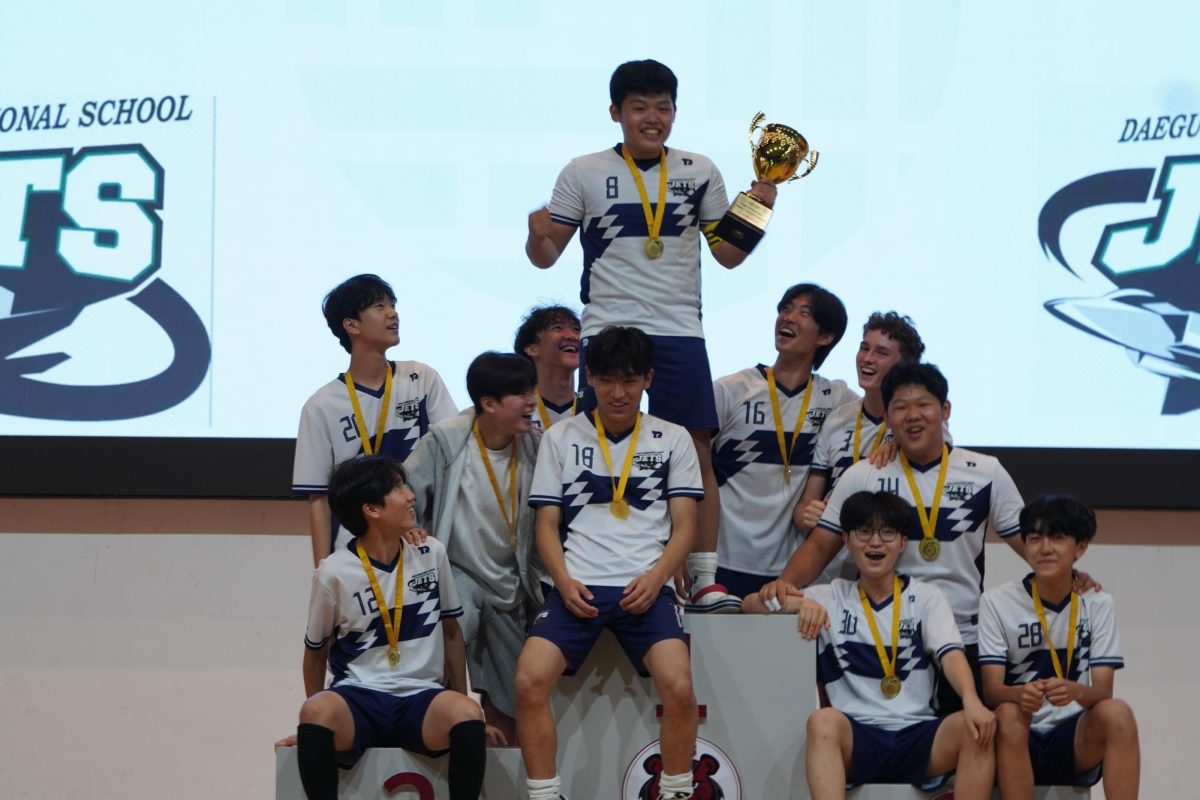




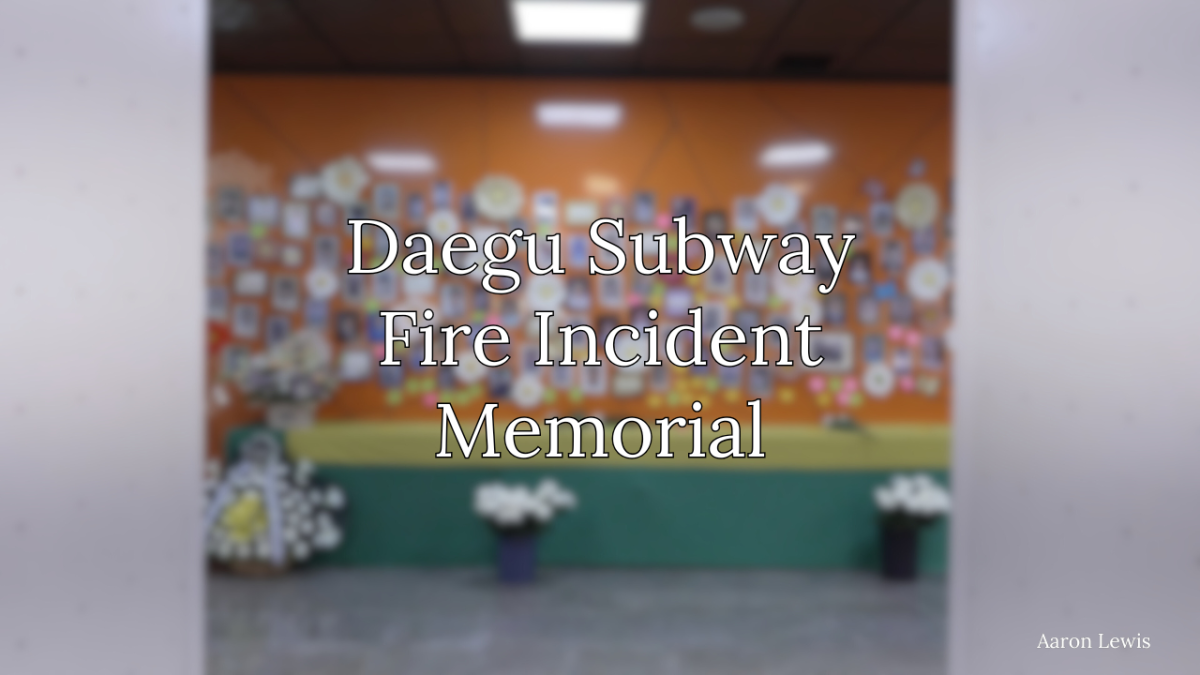

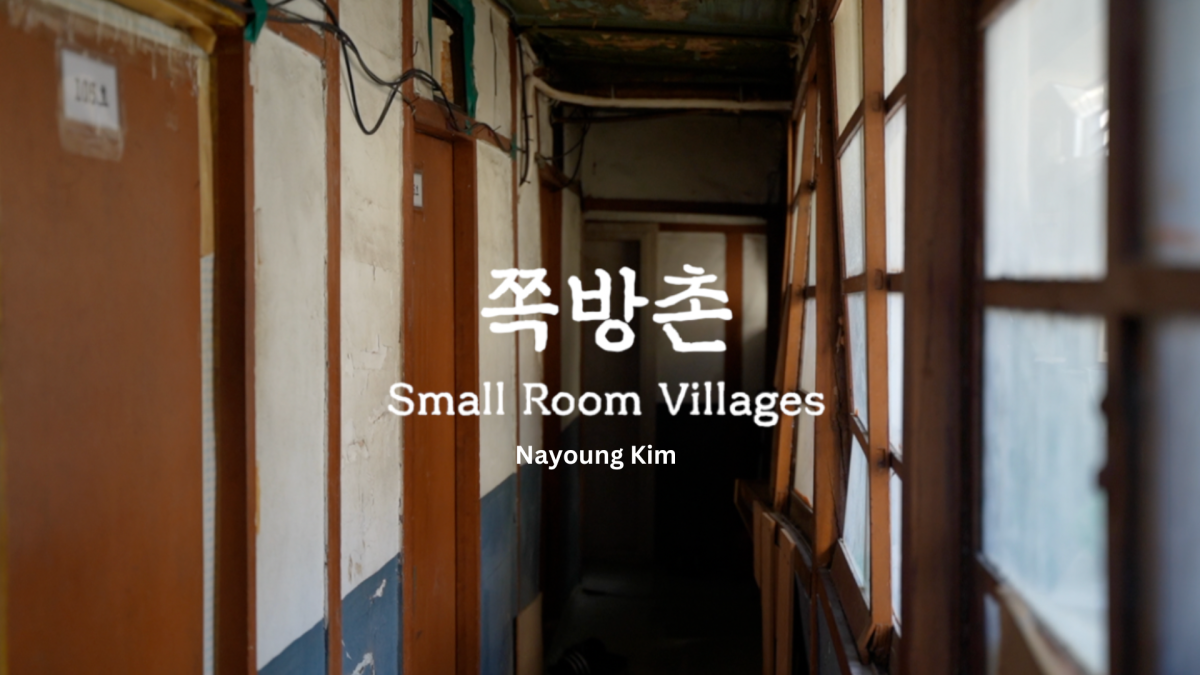
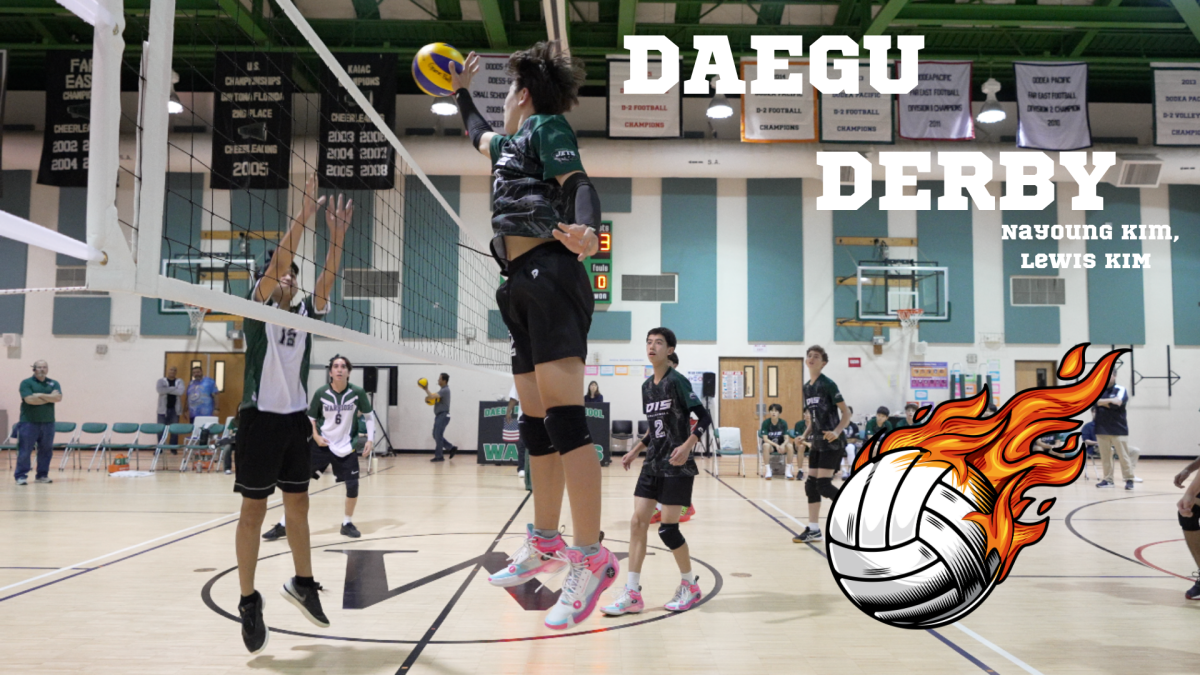
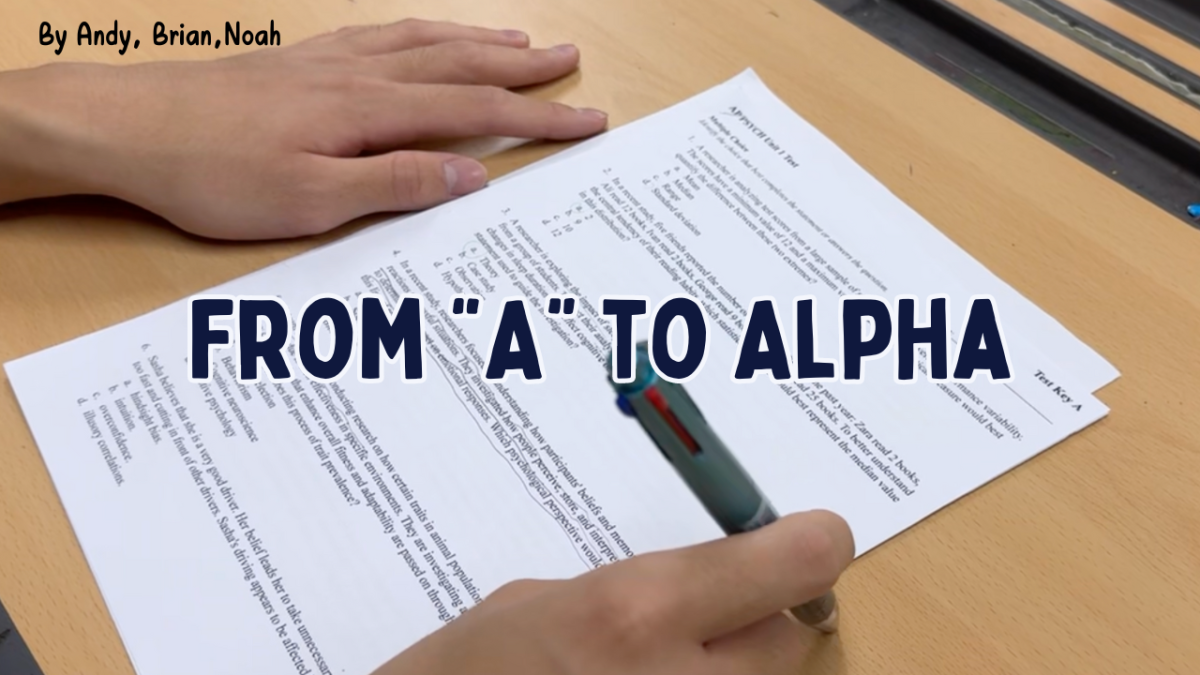
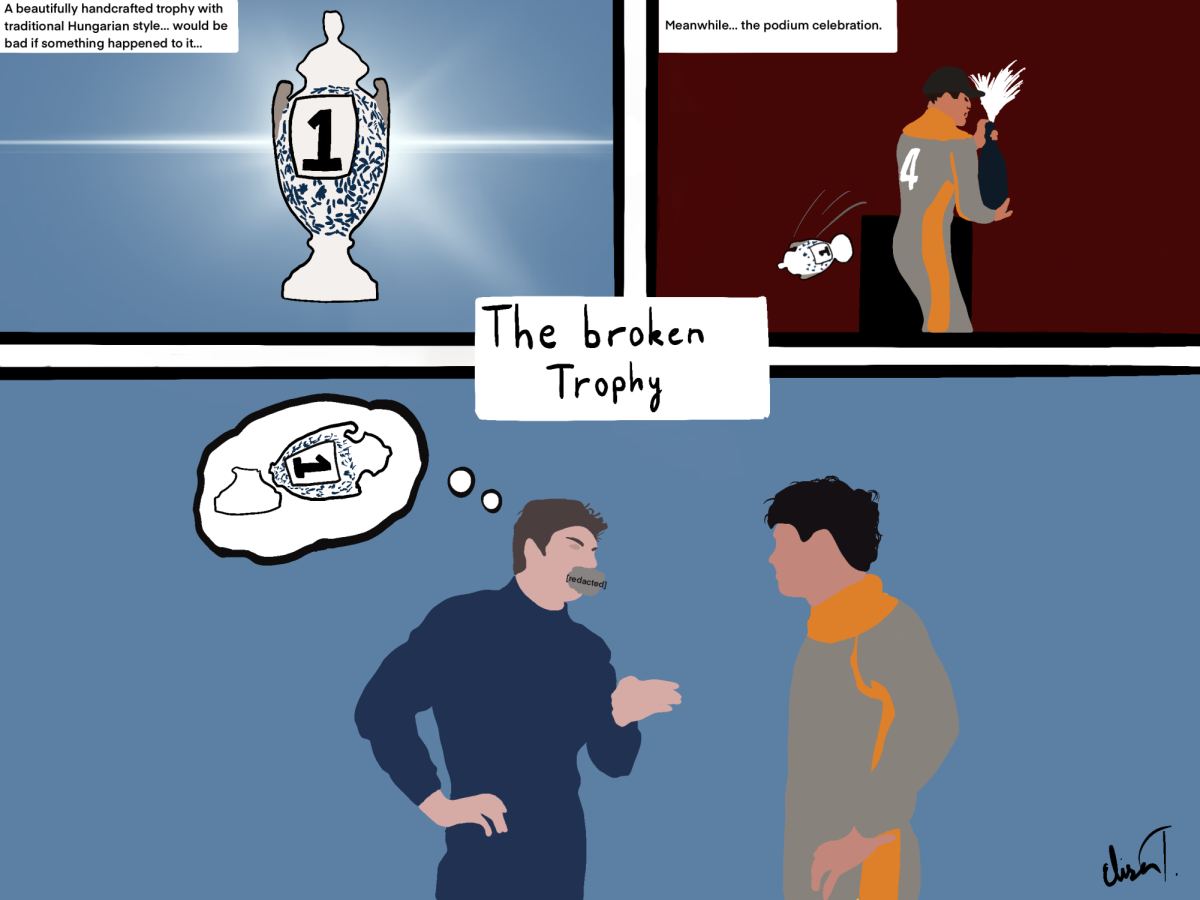
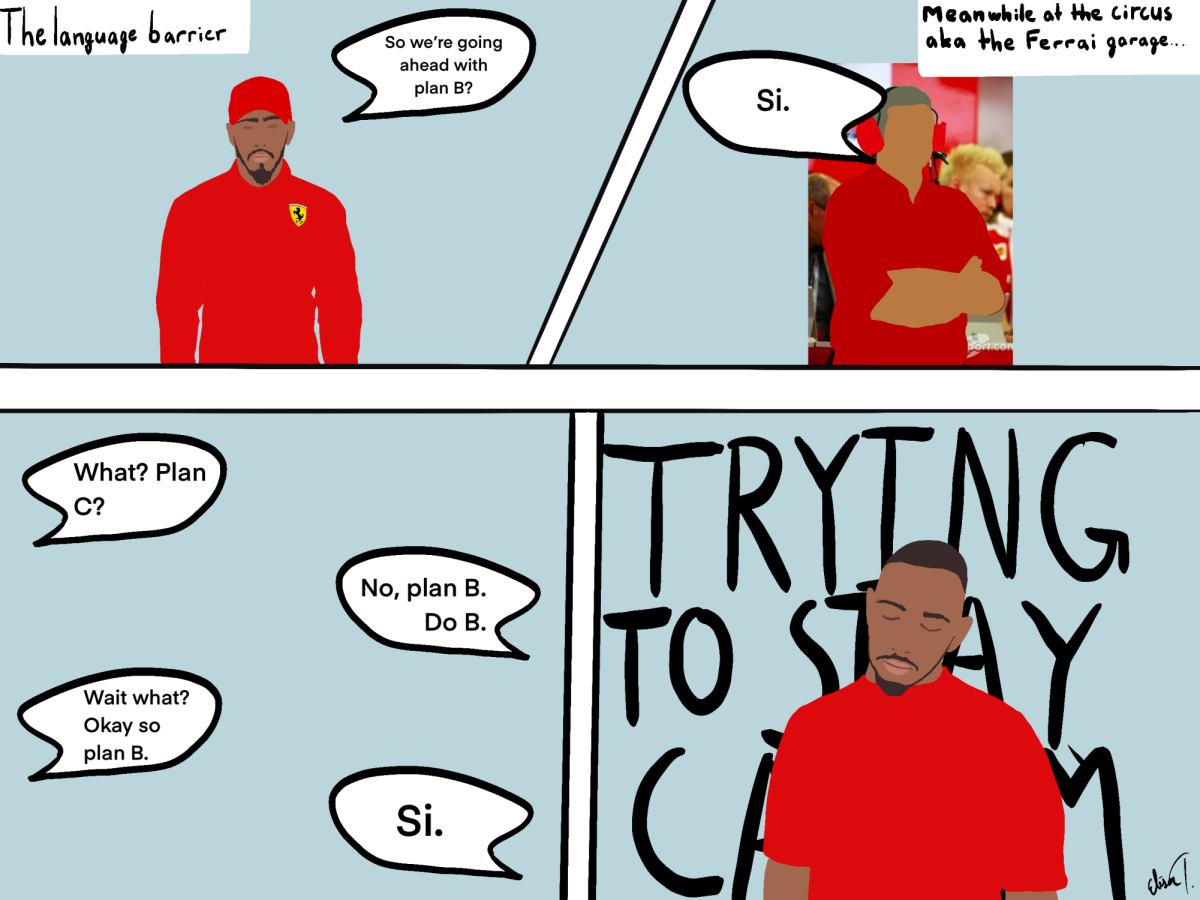
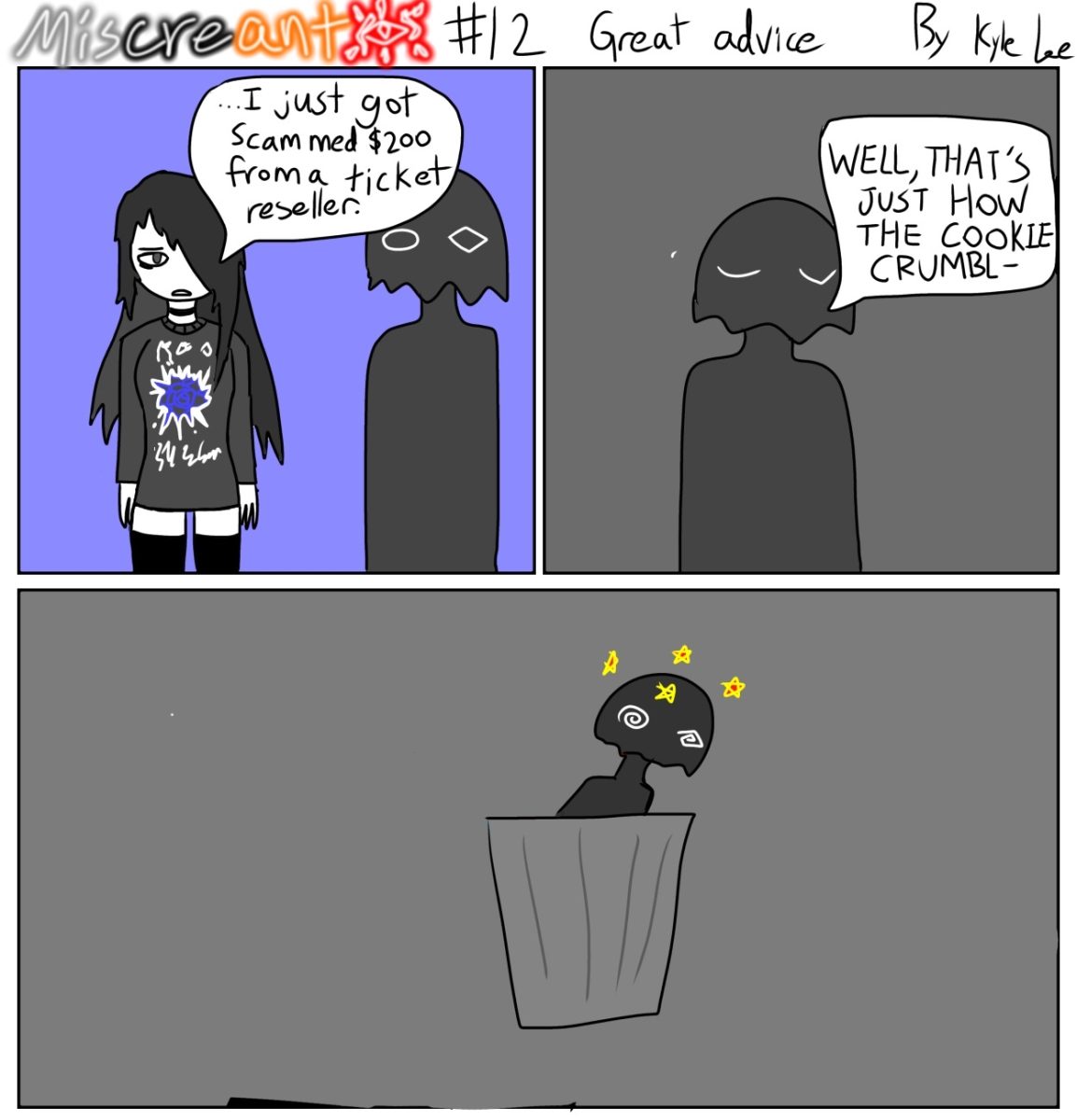
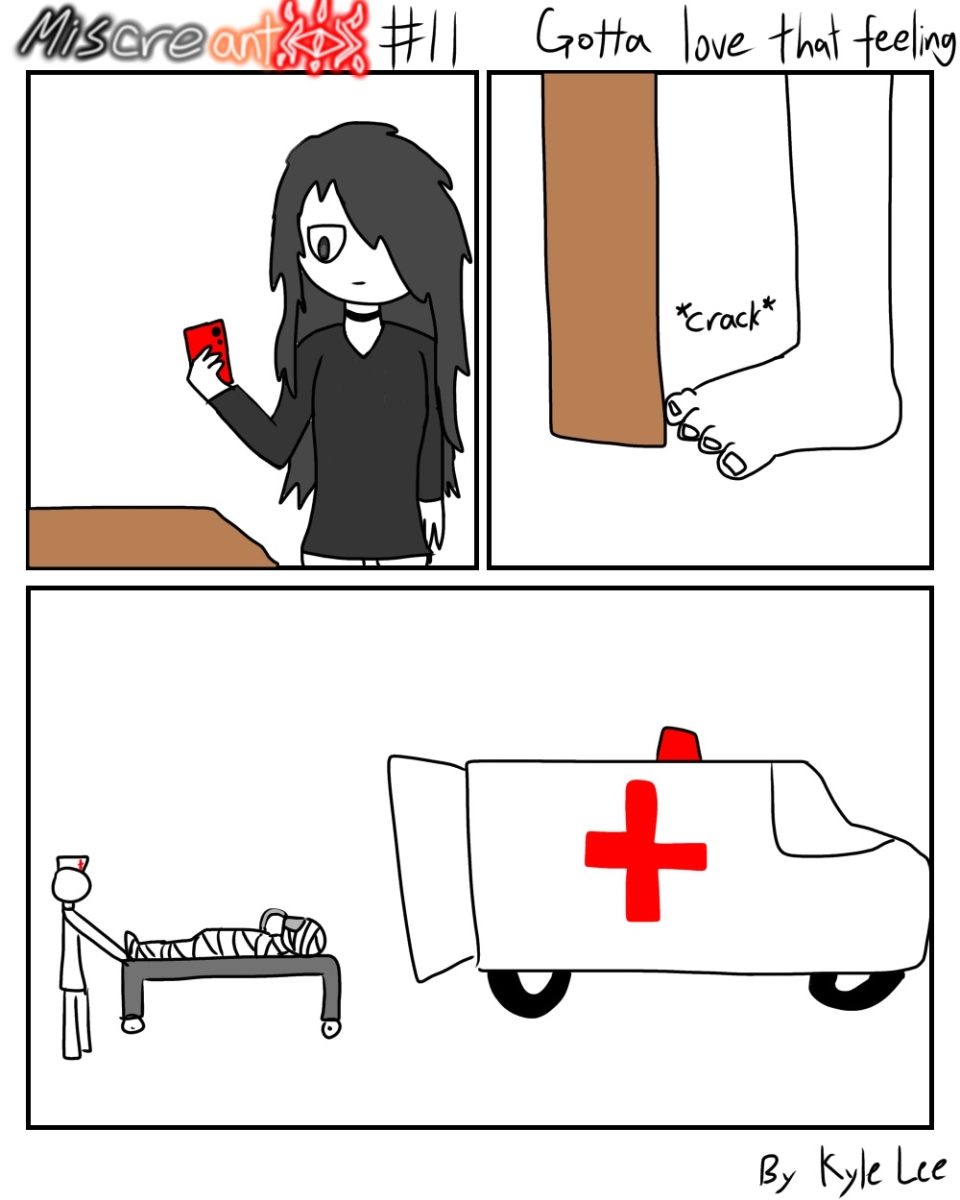
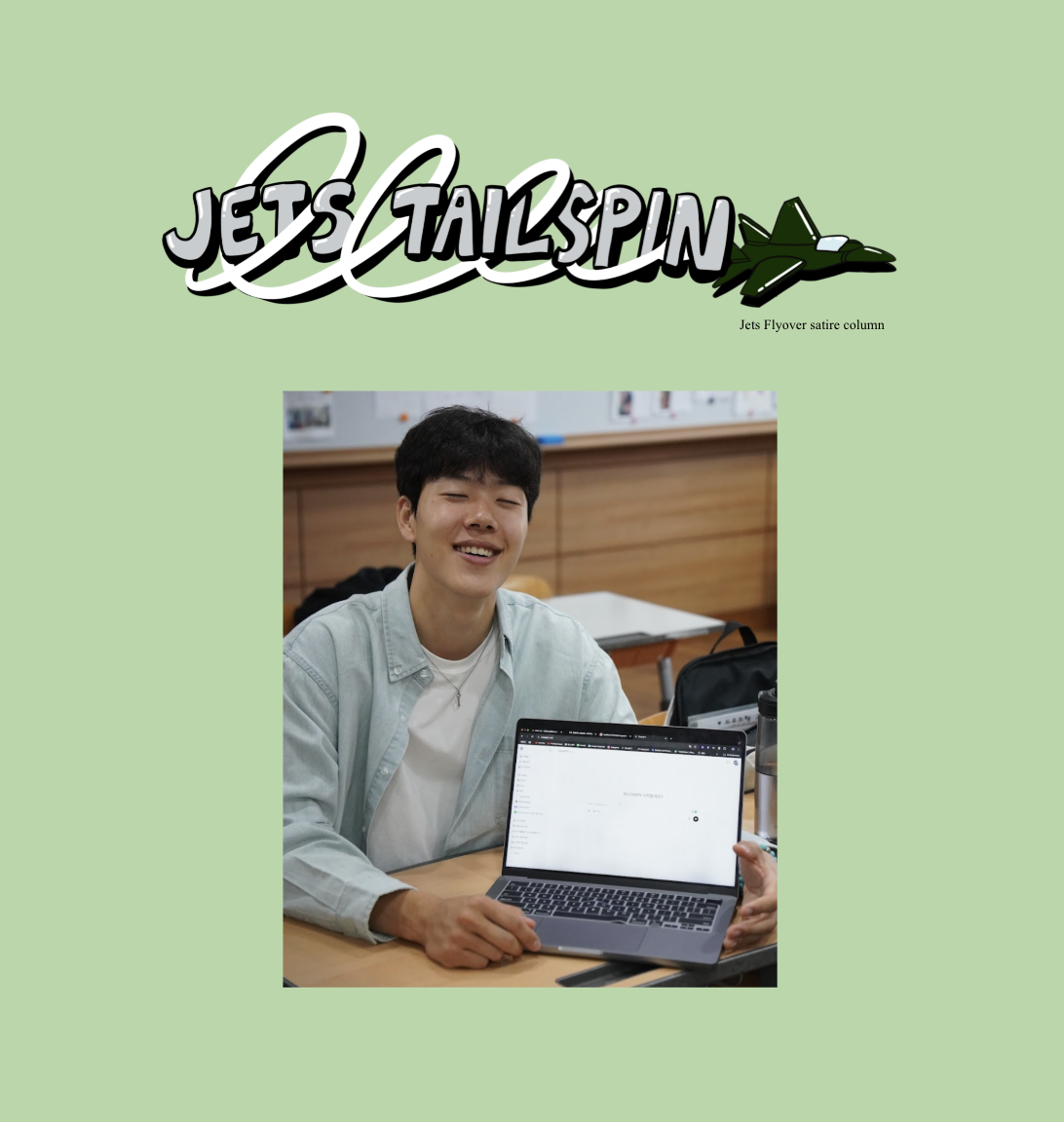
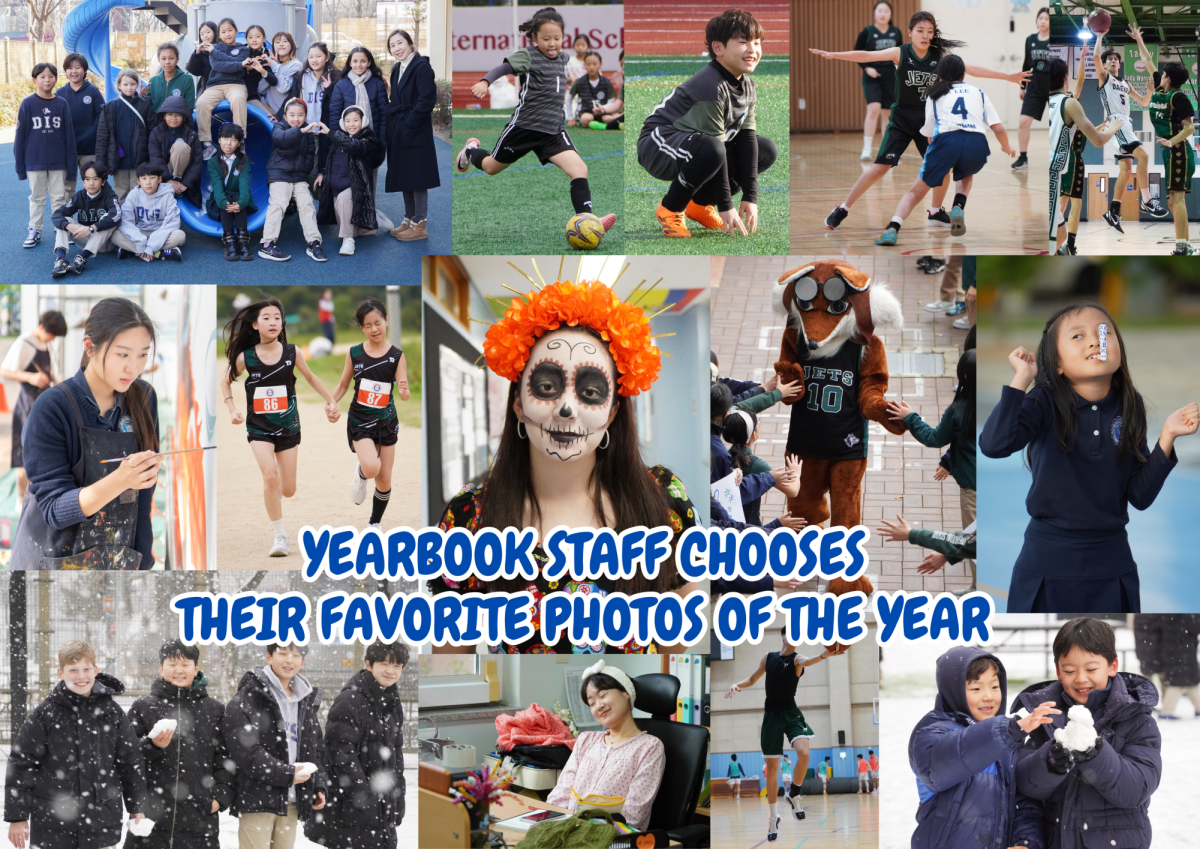
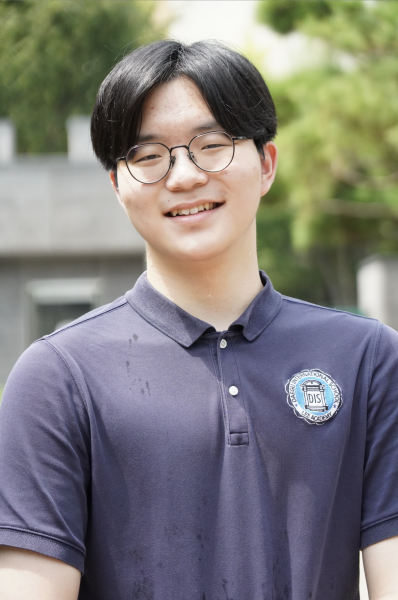
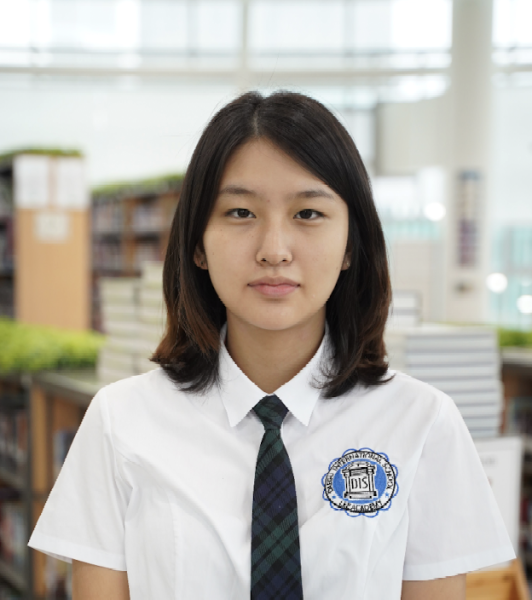


Honglim • Aug 17, 2023 at 7:35 pm
Wow! I can see that the students worked very hard! Nice Job!